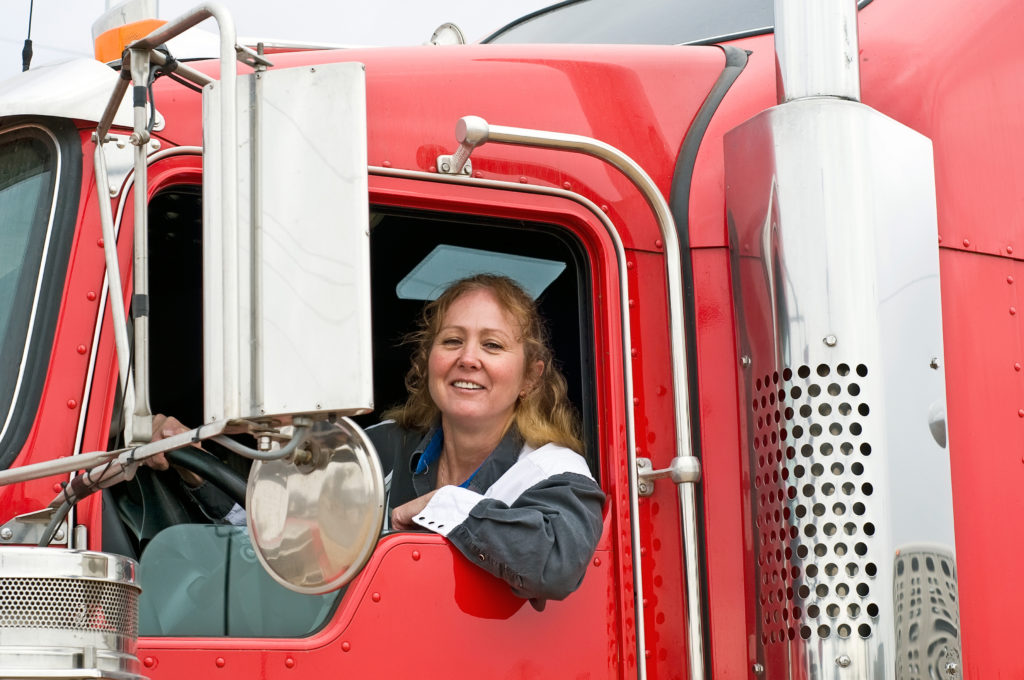The International Road Transport Union, consisting of global transportation leaders, met in-person for the first time in two years to discuss the current obstacles regarding the environment, supply chain exacerbation, and the truck driver shortage.
“It was an opportunity to come together and discuss issues similar to what we do at [the annual Management Conference and Exhibition meeting],” said President of American Trucking Associations, Chris Spear. “We probably did not have one meeting that did not center around the driver shortage issue. It’s chronic around the world, and I think it’s amplified by the pandemic and the pressure it has put on the returning workforce.”
IRU held its November meeting in Geneva for industry experts around the globe; attendees included ATA’s Chairman, Harold Sumerford Jr. and Chief Economist, Bob Costello, along with Spear. Other transportation leaders from North America, South America, Europe, Asia, and Africa were also in attendance.
The truck driver shortage continues to be the current highest-priority issue in the United States trucking industry, as we are still currently short of 80,000 needed truckers–mostly for over-the-road work. This sector of the industry causes truck drivers to be on the road for days on end, which isn’t a very enticing job opportunity, especially given the work-from-home options now available to so many Americans post-pandemic.
ATA’s Costello noted that these problems are not unique to North America by any means, especially with so many drivers retiring early following the COVID-19 era or just reaching retirement age with so few younger drivers entering the industry.
“Not only do other countries have these issues, but they’re for the same reasons–it’s a high average age of drivers,” said Costello. “One of the things we talked about is that the European Union and the IRU are trying to lower the age for drivers from 21 to 18, like we just did in the infrastructure package.”
For drivers under the age of 21 to be trained to operate commercial motor vehicles in interstate commerce, a pilot program has been launched as part of President Joe Biden’s $1 trillion infrastructure bill.
Other countries are looking for ways to find similar solutions to help ease the shortage as much as possible.
“China has a labor shortage–a driver shortage–and it’s for the same reasons–lifestyle and time away from home,” added Costello. “We’re all very similar in that regard.”
Additionally, the issue around safe parking availability continues to be a major problem for American truckers–something that is also highly problematic in Europe, as observed by ATA.
“We saw this, personally, when we were driving on the highway,” said Costello of the parking problem in the EU. “There’s a lack of safe and secure parking in Europe. The trucks were lined up, even worse than they are in the U.S.”
American truck drivers and freight rail workers should look toward boosted collaboration with international counterparts, as well, Costello added.
“[These international industry members] were very interested in the much more collaborative modes in the U.S., and I explained to them that trucks and trains are much more complementary than competitors,” he said.
Still, global supply chain backup obstacles won’t see major solutions until later in 2022, many industry experts agreed.
“There are a lot of things we do not control, like a ship being stuck in the Suez Canal,” said Spear. “There are a lot of things that need to right themselves. We need to get people back to work, across all segments of the economy, not just trucking.”
To fix these issues, ATA has improved its collaborative efforts with the U.S. Environmental Protection Agency, Spear noted.
“We at ATA have demonstrated here in the U.S. our willingness to shape sound, lasting policies with our federal regulators,” he said. “We have been at the table. We are moving our industry in this direction.”
These efforts come after the European Union adopted carbon dioxide emission-reducing standards for new commercial trucks starting in the model year 2025, with even stricter targets coming for the year 2030.
“Europe is moving so quickly, and there is a growing disconnect between their ability to meet those technology timelines for adoption,” said Spear. “We have to have this conversation. They need to stop — in the U.S. and Europe — chasing rainbows and unicorns and start having a realistic discussion [about] how we can go green, and how quickly we can actually do and manage those expectations with the American people and the European citizens, respectively.”




